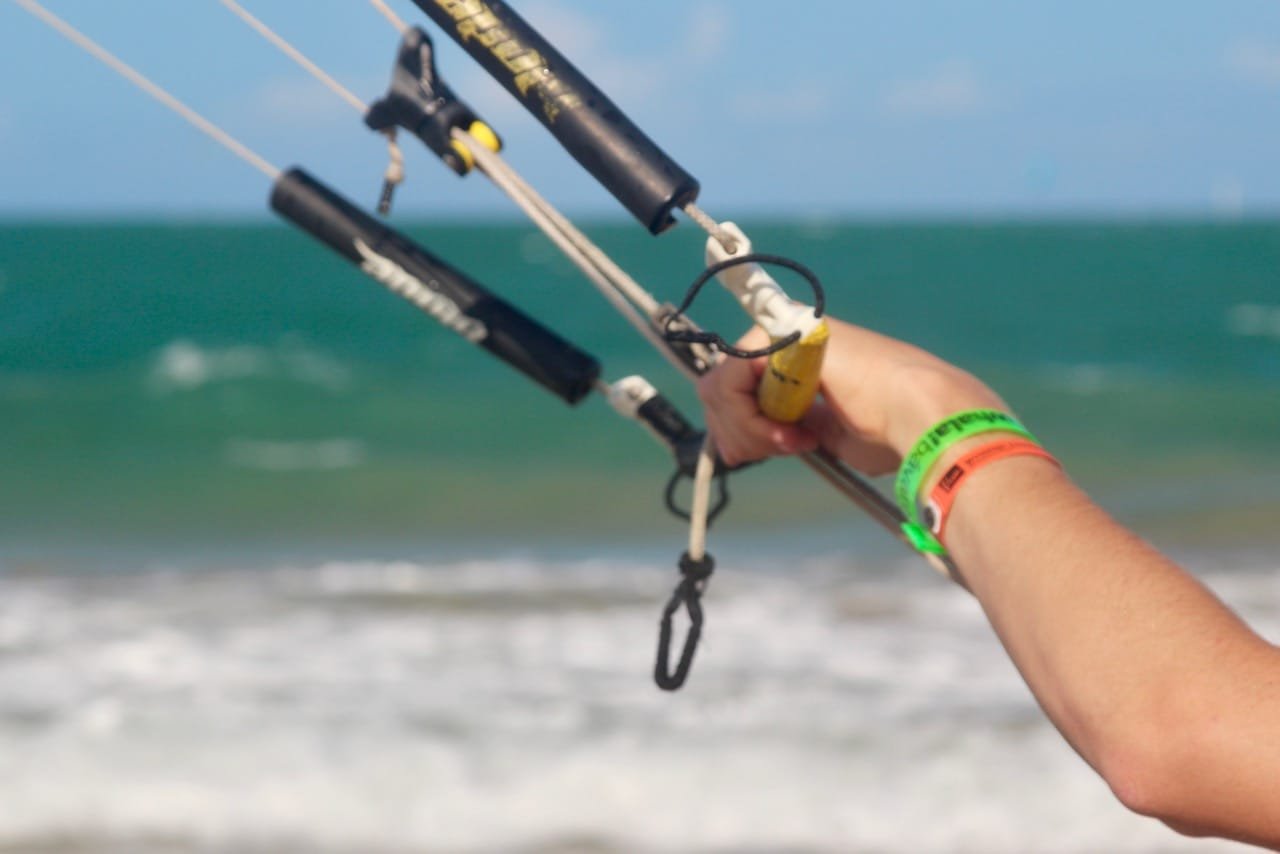How to choose your first kite.

When buying your first kite, what should beginners pay attention to, recommendations from a trainer.
Important details when buying a kite.
In this article, we will talk about what you need to pay attention to first when buying your first kite.
You already know about the design features and shapes (we talked about this a lot during our kitesurfing training).
Here I will try to draw your attention to important details that you need to consider regardless of what type of kite you plan to buy.

If you already know where you will be riding for the majority of the year, then collect wind statistics for this spot on weather websites.
Each kite manufacturer has a table on their website where you can see what wind in knts is needed for each model, based on the average rider weight of 70-80 kg.
If your spot has very light winds, then it is better to consider separate equipment with special characteristics, but we will talk about this in another article (equipment for light winds).
Ideally, if you can buy two or three kite sizes to cover the entire wind range of your spot.
But if you are not ready to fork out for the entire line, then buy the middle size.
For example, in Cabarete the wind range is from 12 to 30 knts / year.
Kite numbers 7-9-12 are used here, therefore the average size here is 9-10, depending on your weight.
Although I said at the beginning of the article that you have the right to buy the type of kite you have long dreamed of (I can just see how you are now imagining yourself doing a double-back-roll-pass on the latest model of the "C-Shka").
Still, I insist that your first kite be a bow or s-bow kite (which you learned on at kite school), with a four-line control system.
Such kites are the easiest to relaunch from the water, which is very important for beginners.
It is better if it is a kite for wave riding, since it is in such models that designers first of all pay attention to a quick relaunch from the water.
Although all wave kites are fast, I think you will quickly adapt.
Freeride kites are also a good choice for beginners.
They are slower, which will give you extra time.
Another important function is the ability to adjust the kite downwind, upwind.
And in general, the more options for setting up the kite and bar, the better.
I do not recommend C-shape freestyle kites, since they are difficult to relaunch from the water and many models have a five-line control system, and you, unfortunately, do not have enough experience yet.
I strongly recommend it! Before buying a new kite, do not be lazy to TEST it in action.
Many kite resorts, as well as in Cabarete, have test centers for various kite manufacturers.
As a rule, all test centers allow you to test the kite for FREE for 20 minutes so that you can make the right decision about the purchase.

After we have sorted out the size and shape of the kite, let's pay attention to the bar and lines.
Ideally, if the manufacturer gives us a choice of different line lengths and includes extensions in the kit (for example, Whainman has 17m + 6m = 23m). This is very convenient.
Due to the length of the lines, you can adjust the speed of the kite and the wind range.
There are no special requirements for the design of the depower.
On modern models, they are all almost the same.
The depower line (the main line) should be pulled tight with a plastic shell, which will protect it from chafing.
However, this is a minus for a winter kite, since the lines will become stiff from the frost.
It is best if the chicken loop shoots off together with the kite, and does not remain attached to you, this is an extra guarantee that it will not get lost.
Today, there are quite a lot of kite manufacturers on the market, with different pricing policies, it is not easy to choose among them.
Here are three main recommendations for your first purchase:
First, your first kite should be inexpensive (like your first car), so that you don’t feel sorry to practice your first mistakes on it.
Second, choose a manufacturer (brand) that has been around for at least five years. This is a guarantee that the manufacturer has already balanced its models.
And third, think about the future.
It is better if your entire line of kites is from one manufacturer.
This provides interchangeability, you can use one bar for several kite sizes.
And of course, ask for advice!
I am always happy to help and suggest features of certain models, compare similar options, provide dealer contacts, etc. Write!
